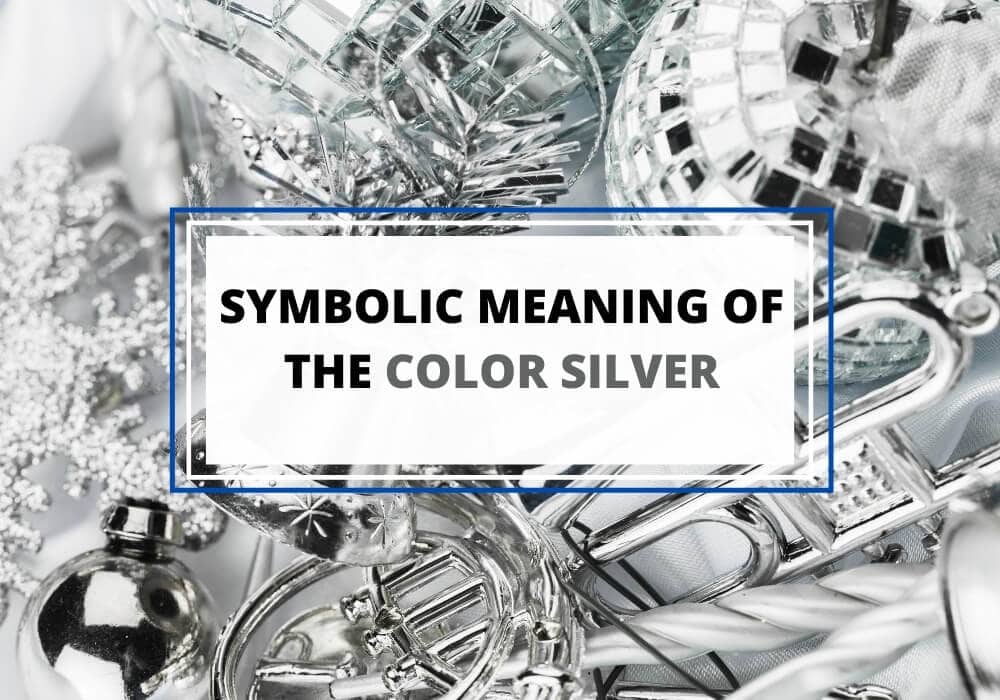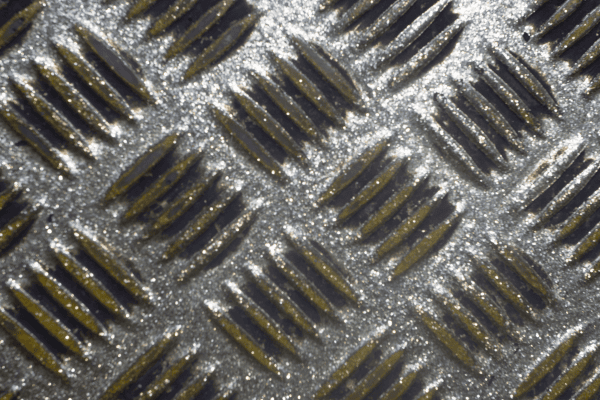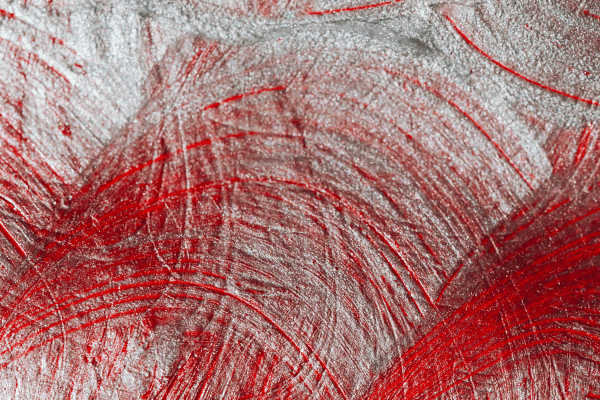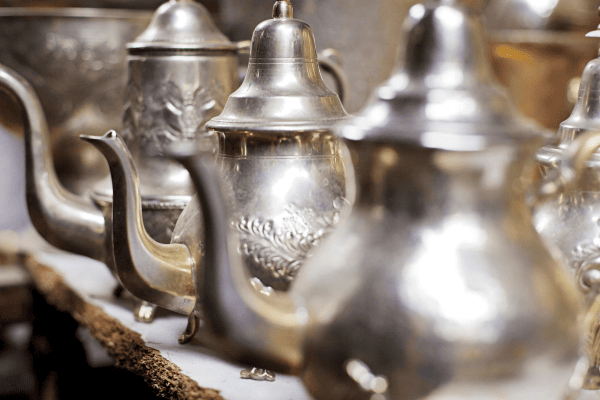
Table of Contents
Silver, mixing sophistication with a modern vibe, has always grabbed people’s attention. It reminds us of moonlit nights and the sparkle of precious metals, holding a bunch of symbolic meanings. People link silver to sleek technology, classic elegance, and a forward-thinking attitude. But it’s not just about looks – silver also stands for clarity, purity, and worth.
Let’s explore what this cool, versatile color really means and why it’s so significant in different cultures.
History of the Color Silver

Silver’s history stretches back over 5,000 years, making it one of the first metals humans used, right up there with gold, copper, lead, and iron. Ancient civilizations first dug up and refined silver, quickly making it a sign of wealth and high status.
The Egyptians even valued it more than gold, and in many old languages, ‘silver’ and ‘money’ meant the same thing. This shows how important it was in early economies. The Greeks, experts in silver refining, used it for intricate silverware and jewelry that doubled as currency and art.
By the Middle Ages, silver mining had boomed across Europe, especially in Germany and Eastern Europe. Silver became crucial in trade, mainly for making coins, a practice that lasted for ages.
The late 15th century brought a big change with the New World’s discovery. Huge silver deposits found in South America sparked a silver rush, pouring loads of the metal into worldwide markets and shaking up global trade and economy.
Then, in the 19th and 20th centuries, silver took on a new role in photography, where silver nitrate was key to making photographic films.
Now, even though silver isn’t used much in money anymore, its journey from ancient treasure to a modern industry staple shows its lasting importance and value.
What Does the Color Silver Symbolize?

Silver stands out as a refined and classy color, symbolizing success and riches. It’s like gray but with a more vibrant, fun vibe. This color represents grace, sophistication, and glamour, and is known for marking the 25th wedding anniversary with its shine and radiance.
When people say ‘silver-haired’, they’re talking about aging with dignity and distinction, not just getting old like the term ‘gray-haired’ suggests.
Some believe silver is like a mirror to the soul, helping you see yourself as others do.
Silver also means subtle strength and stability. It’s soft but, mixed with other metals, it becomes strong and tough, showing inner steadiness.
But silver isn’t all good stuff. The term ‘silver tongue’ points to slyness, where someone is good at convincing others, sometimes through deceit.
For healing, silver’s known for fighting germs, linking it to health and purity. Silver-colored stuff often looks cleaner than other materials, boosting its reputation for cleanliness and health.
Symbolism of Silver in Different Cultures

Silver, a color and metal rich in symbolism, holds varied and profound meanings in different cultures around the world. Its significance stretches way beyond its physical attributes, touching on themes of spirituality, tradition, and even folklore.
1. Western Cultures
In the West, silver is all about modern vibes and a touch of old-school magic. It’s big in tech, pointing to our love for the future. Silver in jewelry and decor screams class and money.
In stories and art, silver often shows up as a mystical, pure force, like those silver bullets in werewolf tales. It’s also tied to the Moon in Western astrology, adding a sense of mystery and a feminine touch.
2. Eastern Cultures
Over in the East, silver’s a big deal in rituals and spirituality. In India, it links to the Moon and goddess Lakshmi, standing for wealth, purity, and feminine energy. Hindu rituals often feature silver. In China, silver was a classic wealth symbol, used in old coins and lucky charms, showing how deeply it’s woven into ideas of fortune and success.
3. Celtic Traditions
For the Celts, silver was mystical and protective, symbolizing the Moon and nature. They valued it for its purity and used it in ceremonial stuff and jewelry, not just for looks but for spiritual strength. Silver’s role in Celtic myths often paints it as a guardian against evil.
4. Native American Cultures
In Native American communities, silver is a big part of cultural expression, especially in jewelry. It’s more than just pretty; it tells stories and keeps traditions alive, showing off tribal tales and spiritual beliefs. This art form blends ancient practices with new styles, showcasing the tribes’ resilience and rich histories.
5. Middle Eastern Symbolism
In the Middle East, silver stands for purity and protection. Traditional silver crafts, like intricate jewelry, are steeped in cultural and religious importance. These pieces often pop up in ceremonies, believed to ward off bad vibes. The designs are packed with meaning, often reflecting religious themes and historical stories.
Silver Psychology

Silver really plays an important role in how we feel and think. It’s all about bringing calm, clear thinking, and a bit of self-reflection. Think of the calmness you get from moonlight – that’s silver for you. It’s great for chill-out spots because it helps you relax and clear your mind.
Silver also makes you take a good look at yourself, kind of like a mirror. It gets you thinking about your own thoughts and feelings, leading to clearer decisions and a more level-headed approach to life’s ups and downs. Plus, its connection with high-tech stuff gives off a vibe of excitement and hope for the future, pushing you to think big and look ahead.
In art and design, silver opens up spaces, making them feel bigger and more focused. So, in a nutshell, silver’s impact on our minds is pretty broad – it’s as much about finding inner zen as it is about getting excited for what’s next.
Silver in Art and Literature

Silver has been a big deal in art and literature, symbolizing everything from dreamy beauty to deep thinking. In art, it shows up in paintings and sculptures, adding a shiny quality that really grabs your attention and makes you think. Artists use silver to show off purity and elegance, and sometimes to create a cool, otherworldly vibe. It really pops against warmer colors and tells a story without words.
In writing and poetry, silver often means more than just a color. Famous poets like Yeats and Keats used it to describe peaceful, natural scenes under moonlight or to talk about calmness and innocence. It’s also a go-to metaphor for looking inward and understanding yourself better. Plus, in poetry, silver often ties in with the moon, adding layers of mystery and femininity.
And in old stories and fairy tales, silver often comes up as a magical thing that can fight off evil or has some kind of special power. So, in art and stories, silver isn’t just there for show – it’s packed with different meanings and has been a favorite for artists and writers throughout time.
Personality Color Silver: What Does It Mean?

If you’re all about silver, it really speaks to your vibe. You’ve got this modern, classy style without being too flashy. You prefer keeping things low-key but still chic. You’re adaptable, always able to see different points of view in any situation. Your cool, calm approach is a real plus in crazy situations.
You’re the one who brings stability and often end up as the voice of reason with your pals. Don’t forget, you’ve got a fun, playful side that pops up when people least expect it. You love staying up to date with new tech and innovations. You’re the kind of person others find easy to get along with, thanks to your charm and down-to-earth attitude.
You don’t just see things in black and white; your world is full of silver shades, loaded with opportunities and a bit of mystery. Keep rocking those silver qualities – they’re what make you a great mix of classic and cool.
Positive and Negative Aspects of Silver

Silver’s got its ups and downs. On the bright side, it’s all about being modern, classy, and elegant. It stands for wealth, cutting-edge tech, and thinking ahead. Silver’s shiny look is all about being clear, pure, and seeing things in a balanced way. It’s got this cool, calm vibe that can really chill you out. But, silver’s not all perfect.
Sometimes, it can seem kind of emotionless or too cold because of its metallic feel. It might come off as a bit impersonal or stand-offish, not as warm or lively as brighter colors. Also, silver’s often linked to coming in second place, like getting a silver medal, which can feel like you’re not quite at the top.
And even though silver’s sleek and stylish, it can sometimes seem too careful or old-school, missing out on the boldness and spontaneity you get with other colors.
Shades of Silver

Silver, as a color, comes in various shades, each with its own unique quality and tone. Some of the notable shades of silver include:
- Pure Silver: Shiny and mirror-like, the classic silver color.
- Metallic Silver: Similar to Pure Silver but with a stronger metallic sheen; popular in automotive paints and metal finishes.
- Gunmetal Silver: Darker, charcoal-like shade with a muted metallic luster.
- Antique Silver: Has a slightly tarnished look for a vintage feel.
- Pewter: Darker, duller, and less reflective than other silver shades.
- Silvery Gray: Light gray with a subtle hint of silver, understated and soft.
- Brushed Silver: Matte and textured, resembling silver that’s been brushed.
- Nickel Silver: Cooler shade with a slight bluish cast, similar to nickel metal.
- Sparkling Silver: Bright and glittery, ideal for fancy fabrics and decorations.
- Steel Silver: Resembles steel, bluish-gray in color with a strong metallic finish.
The Use of Silver in Fashion and Jewelry

Silver really stands out in fashion and jewelry for being both timeless and adaptable. In the jewelry world, people love silver for how it shines and its understated class. It’s a hit for all kinds of styles, from fancy, old-school silver filigree to cool, modern designs.
Silver jewelry is great because it goes with tons of different outfits without stealing the show. In the fashion scene, silver pops up in all sorts of ways – think shiny metallic fabrics for a bit of a futuristic vibe, or silver touches that add some class. Designers love using silver in fancy evening clothes because it gives off a glam, luxurious feel.
Silver’s neutral color makes it easy to match with pretty much anything, so it’s a top pick for accessories like belts, bags, and shoes. Whether you’re talking high-end fashion or just everyday clothes, silver makes a style statement, mixing classic vibes with a modern twist, and adding a sleek touch to any outfit.
How is Silver Used Today?

Silver really shows up in our daily lives in more ways than you might think. It’s big in ceremonies and awards. Take the “silver medal” – it means you did awesome and came in second, but it also hints that you’re just a step away from being number one. It’s like a pat on the back with a little nudge to keep pushing.
When people celebrate their 25th, or silver, anniversary, it’s all about honoring a long-lasting and significant journey. In fashion and home decor, adding silver bits is all about that sleek, modern look. It’s a way to say you’re into refined style and keeping things fresh. Plus, silver’s a star in tech stuff, thanks to how well it conducts electricity. It’s become a symbol of new ideas and moving forward.
From those shiny second-place medals in sports to the cool silver details in our phones and homes, silver’s got a way of saying we’re about achievement, style, and always looking ahead.
Wrapping Up
Silver’s symbolism is a cool mix of modern vibes, tech progress, deep thinking, and style. It brings a sense of calm and clear-headedness, turns heads in fashion and art, and stands for big achievements and new ideas. Across different times and cultures, silver keeps fascinating and inspiring us with its many layers of meaning.








